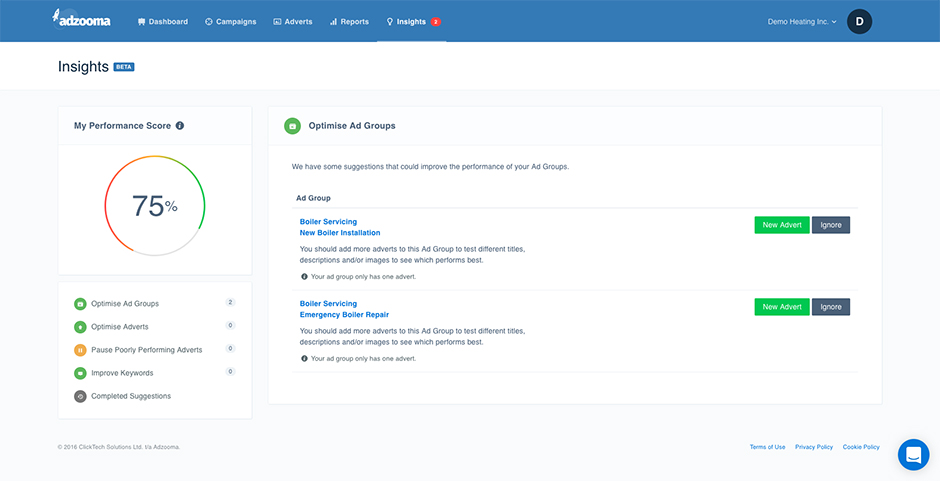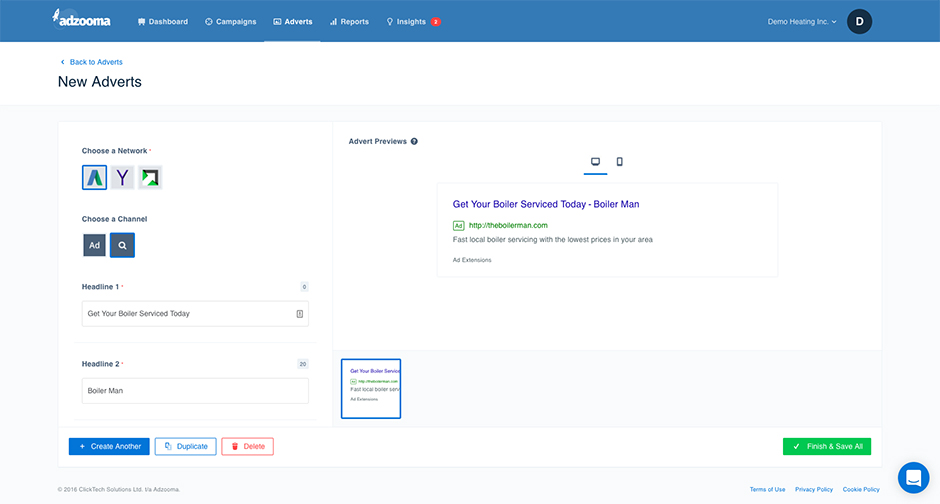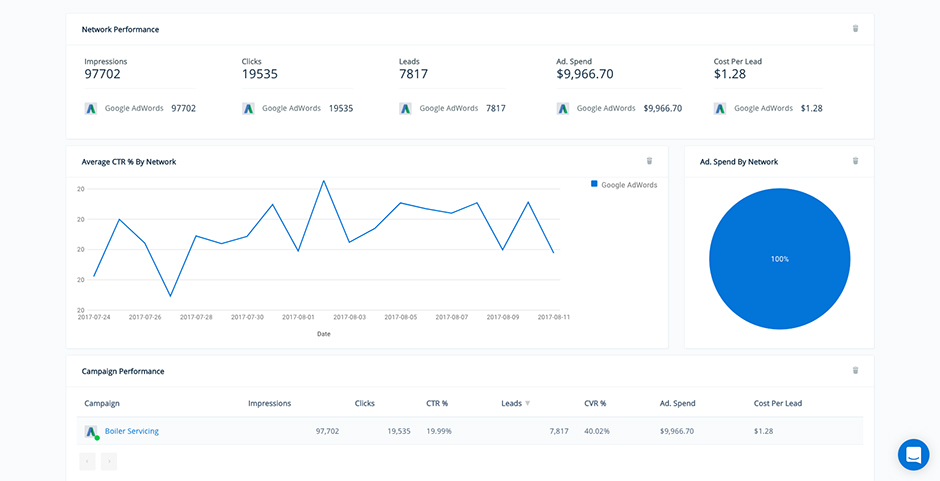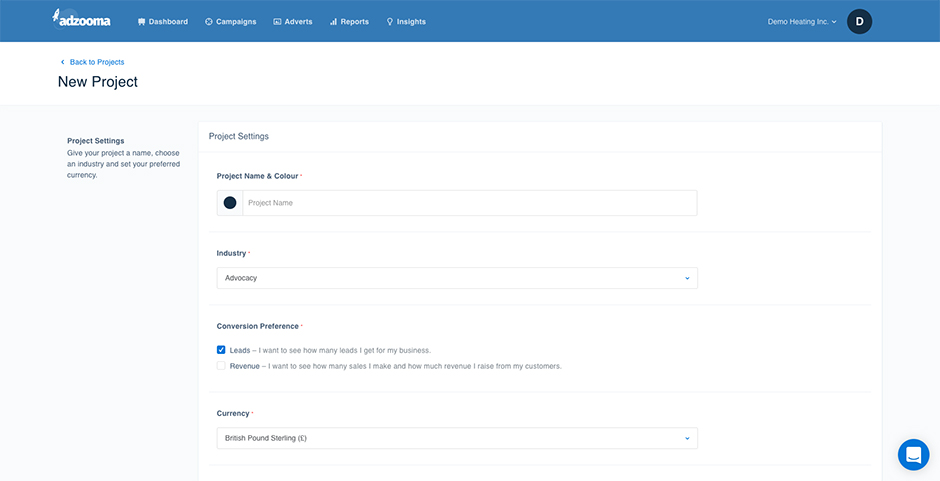Managing pay-per-click (PPC) advertising can prove time-consuming, but paid search is often a major part of a marketing strategy. Here are tips and tactics to help SMEs save time with their PPC advertising by leveraging technology.
Managing pay-per-click (PPC) advertising involves a lot of repetitive tasks that can leave you with little time to focus on the more important aspects of your job.
The following time-saving tools and tactics can help you whizz through the painstaking tasks that are eating away at your time.
Keyword grouper tools
Grouping your keywords is an essential part of making sure your PPC campaigns are well optimised to give you the results you’re after.
For example, if you sell bath products, you might want to group words like hand cream, hand lotion and moisturiser together and create another niche group for words like shower gel, bath cream and body wash.
Segmenting your keywords into such AdGroups will help you write highly targeted ads that lead to relevant landing pages. This will help improve your quality score and lower your cost per click. Another added benefit is that it can help when you’re looking for content ideas.
So, using keyword groupings is a no-brainer, but it can also be incredibly time-consuming if you do it manually using a spreadsheet.
Instead, you are better off using keyword grouper tools like those from Wordstream and AuthorityLabs. They are both free and can save you hours, or even days, by doing the task for you in a few minutes. Using such tools can help you prioritise spending your budget on the keywords that are driving the most traffic, or converting best.
Google’s AdWords Editor
Managing multiple campaigns and ad groups is particularly repetitive if you’re dealing with large accounts, which is why Google AdWords Editor is a godsend for PPC specialists.
This free bulk editing tool can be used to make several changes to a particular account or campaign at once. It can also make a particular change to several accounts or campaigns at the same time. You can even use it when you’re offline.
For example, you can use it if you’re setting up a new campaign where you only need to change one word, like ‘running shoes’ to ‘training shoes’. You can use the copy and paste functionality to duplicate the campaign then simply find, replace and amend the word you want to change. This way, you won’t have to manually recreate all your other parameters, like your location or bid adjustment.
Importing and exporting is also much easier. You can use the tool to export an entire Adwords account, or just the sections you need, into a single spreadsheet. This makes tasks like sharing and reporting results a lot simpler.
Or, you could export an account into Bing Ads and keep many of the same settings like bids and format. Unfortunately, others like location targeting may not be copied across, so be sure to check the information you have. You can also import spreadsheets into the AdWords Editor.
Negative keyword generator tools
Maintaining a list of negative keywords is a fundamental part of ensuring you attract quality traffic that will get conversions.
Negative keywords can help refine targeting and reduce the poor-quality traffic aiming at your site. They are particularly useful to use in conjunction with phrase and broad match types. Negative keyword lists are a crucial component when controlling budgets. For example, if you sell expensive antique furniture you don’t want to attract clicks from people who are looking for cheap furniture.
But new searches emerge all the time and trawling through an entire keyword report to find them is painstaking. You might even be tempted to focus on something else and hope for the best.
That’s a risk you don’t have to take because software like Karooya can do the job for you. It will analyse your reports and identify terms that are wasting your budget. Tools like Ubersuggest and Spyfu can also be used to give you ideas for terms to add to your negative keyword list. The main tool you must include is the search query report in AdWords.
PPC advertising analysis in action
PPC doesn’t have to be overly complicated – technology can help and platforms, or software such as Adzooma, do make PPC advertising quicker and easier. Here’s our live example showing how simple using a platform can be, analysing your ads’ performance and offering suggested improvements to reduce wasted advertising spend and giving you the best chance of reaching your customers.
1) Your first step is to connect your Google AdWords account to Adzooma, this then allows you to control all of your campaigns and take advantage of time-saving features. To connect your account, click the ‘Connect’ button and then log in to your AdWords account to grant access.

2) It then analyses your campaigns and identifies opportunities for improvement, recommending the best course of action. You can either follow the advice and apply the changes directly from within the account or ignore the suggestions and follow your own strategy.

3) Create new adverts in a few clicks. Duplicate ads to test new headlines, descriptions and images or to copy your best performing ads to other networks such as Yahoo! or RevContent.

4) At-a-glance reporting makes it quicker and easier to see what’s working. Filter by network, channel, campaign, ad group, keyword or ad to ensure campaigns are increasing profitability.

5) If you need to manage multiple advertising projects, use the drop-down menu to switch between the different ones.
There is often a negative stigma attached to PPC advertising, that it needs particular expertise and skills, but using platforms such as the one demonstrated can simplify this.
PPC advertising: conclusion
Every savvy PPC specialist should be using such tools to help free up time to focus on optimisation. If you find yourself spending hours on a repetitive task, it’s worth doing some research to find out if there’s a better way. You’ll probably find there is some technology that can make your life easier.
Finally, it’s worth noting that all tools that help with automation must have a level of human control to ensure nothing goes wrong.
Have an opinion on this article? Please join in the discussion: the GMA is a community of data driven marketers and YOUR opinion counts.
Read also:
Marketing automation tools: leaders and rising stars
SEO copywriting: 10 tools to optimise content for search engines and readers









Leave your thoughts